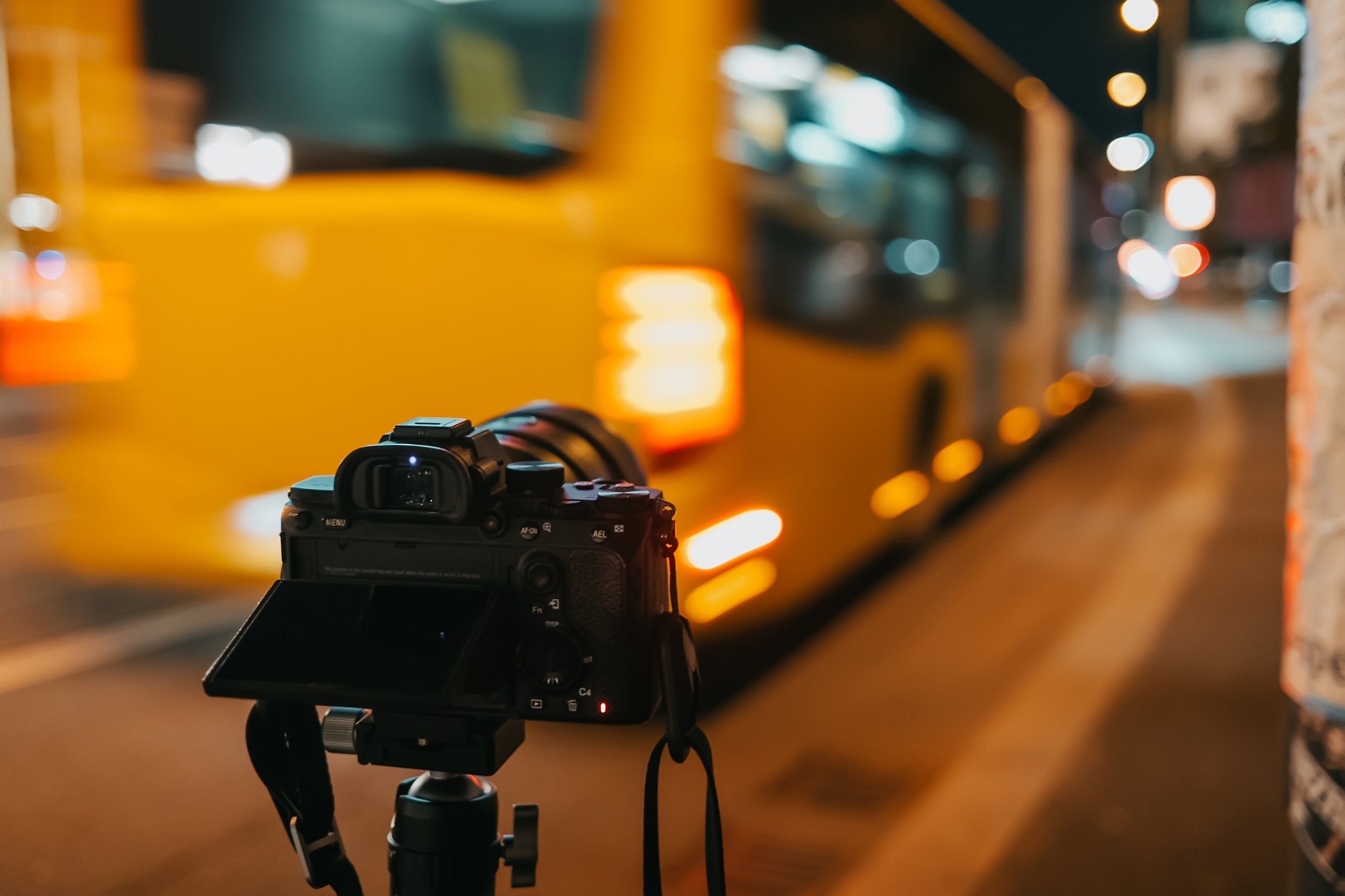
Street Photography
Street photography is a type of documentary photography that captures candid and spontaneous moments in public places. It is a way to document the human condition and to capture the diversity, culture, and energy of the city. Street photography can be both challenging and rewarding, as it requires a keen eye, quick reflexes, and the ability to anticipate and capture decisive moments.
Basic Techniques for Street Photography
Use a compact and lightweight camera: To capture candid and spontaneous moments, it is important to use a compact and lightweight camera that is easy to carry and handle. This will allow you to move quickly and discreetly and to capture images without attracting too much attention.
Use a wide-angle lens: A wide-angle lens (typically a focal length of 35mm or wider) is a versatile and effective lens for street photography, as it allows you to capture a wide field of view and to include more context in the image. It is also a good lens for shooting in close quarters and for creating a sense of depth and perspective in the image.
Use a fast shutter speed: To freeze action and to capture sharp images, it is important to use a fast shutter speed (typically 1/250 second or faster). This will help to ensure that the image is sharp and that the movement of the subject is captured clearly.
Use a wide aperture: To create a shallow depth of field and to isolate the subject from the background, it is important to use a wide aperture (low f-stop number). This will help to draw the viewer's attention to the subject and to create a sense of depth and visual interest in the image.
Use a high ISO setting: To capture images in low light conditions, it is important to use a high ISO setting (typically above 800). This will allow you to use a faster shutter speed and a wider aperture, which will help to capture sharp and well-exposed images in low light.
Advanced Techniques for Street Photography
Use a telephoto lens: A telephoto lens (typically a focal length of 85mm or longer) can be a powerful tool for street photography, as it allows you to capture candid and spontaneous moments from a distance. A telephoto lens can help to compress the perspective and to create a sense of intimacy and connection with the subject. It is also a good lens for isolating the subject from the background and for creating a shallow depth of field.
Use a prime lens: A prime lens (a lens with a fixed focal length) can be a good choice for street photography, as it is generally faster and sharper than a zoom lens. A prime lens also forces you to be more mindful of your composition and to move your feet to get the shot, which can help to increase your creativity and to capture more interesting images.
Use a wide-angle lens for candid portraits: A wide-angle lens can be a good choice for candid portraits, as it allows you to capture the subject in context and to include more of the surrounding environment in the image. A wide-angle lens can also help to create a sense of intimacy and connection with the subject, as it allows you to get closer to the subject and to capture more of the subject's facial features.
Use a long exposure: A long exposure (a shutter speed of several seconds or longer) can be used to capture movement and blur in the image, such as the movement of people or vehicles. A long exposure can also be used to create a sense of atmosphere and mood in the image. To capture a successful long exposure, it is important to use a tripod or other stabilizing technique to keep the camera still, and to use a low ISO setting to reduce noise in the image.
Use a flash: A flash can be a powerful tool for street photography, as it allows you to capture images in low light conditions and to freeze action. A flash can also be used to create dramatic lighting effects and to add visual interest to the image. To use a flash effectively, it is important to experiment with different flash settings and to consider the direction, intensity, and quality of the light.
Use post-processing techniques: Post-processing techniques, such as cropping, adjusting the exposure, and applying filters, can help to enhance the impact and the artistic expression of your street photography images. By experimenting with different techniques and approaches, you can create unique and creative images that reflect your vision and your style.
Street photography is a challenging and rewarding pursuit that requires a combination of technical skills, artistic vision, and social awareness. By following these basic and advanced techniques, you can improve your street photography skills and capture stunning and meaningful images that tell the stories and capture the energy of the city. With practice and patience, you will become more comfortable and confident in your ability to capture candid and spontaneous moments and to create powerful and artistic images that reflect your vision and your style.
